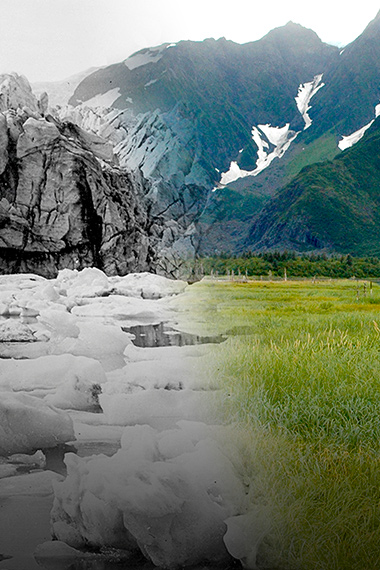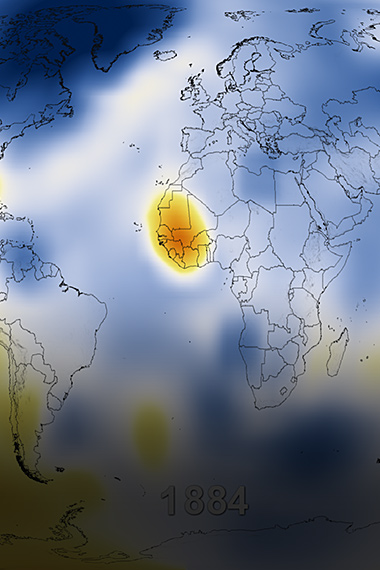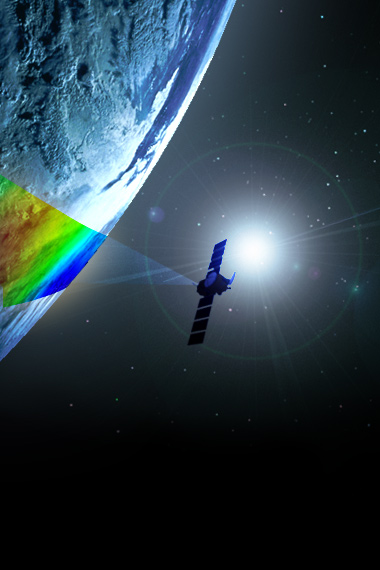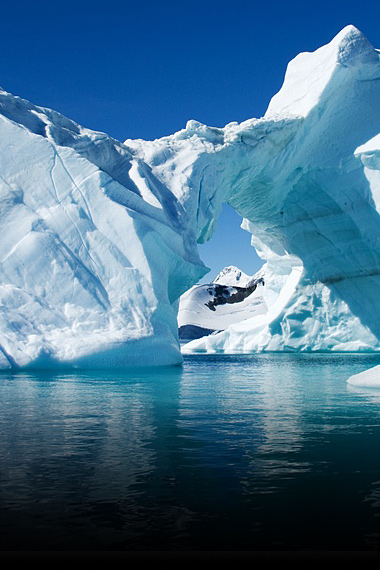MULTIMEDIA
Video: Temperature Puzzle
The past decade has been the hottest ever recorded since global temperature records began 150 years ago. This video discusses the impacts of the sun's energy, Earth's reflectance and greenhouse gasses on global warming.
Credit
NASA






























